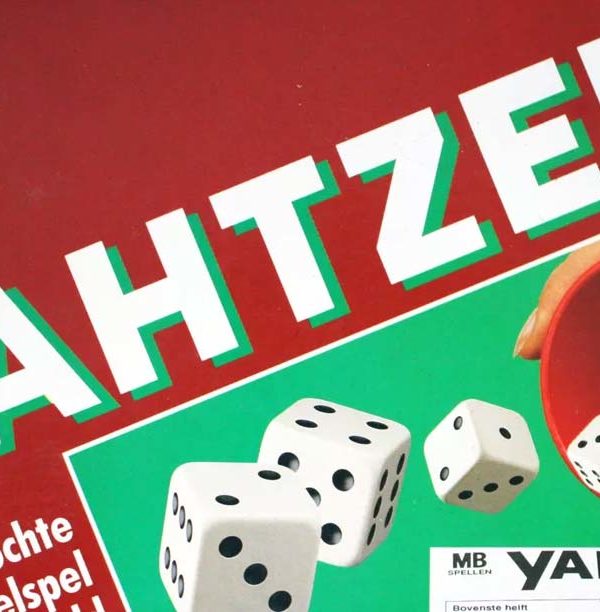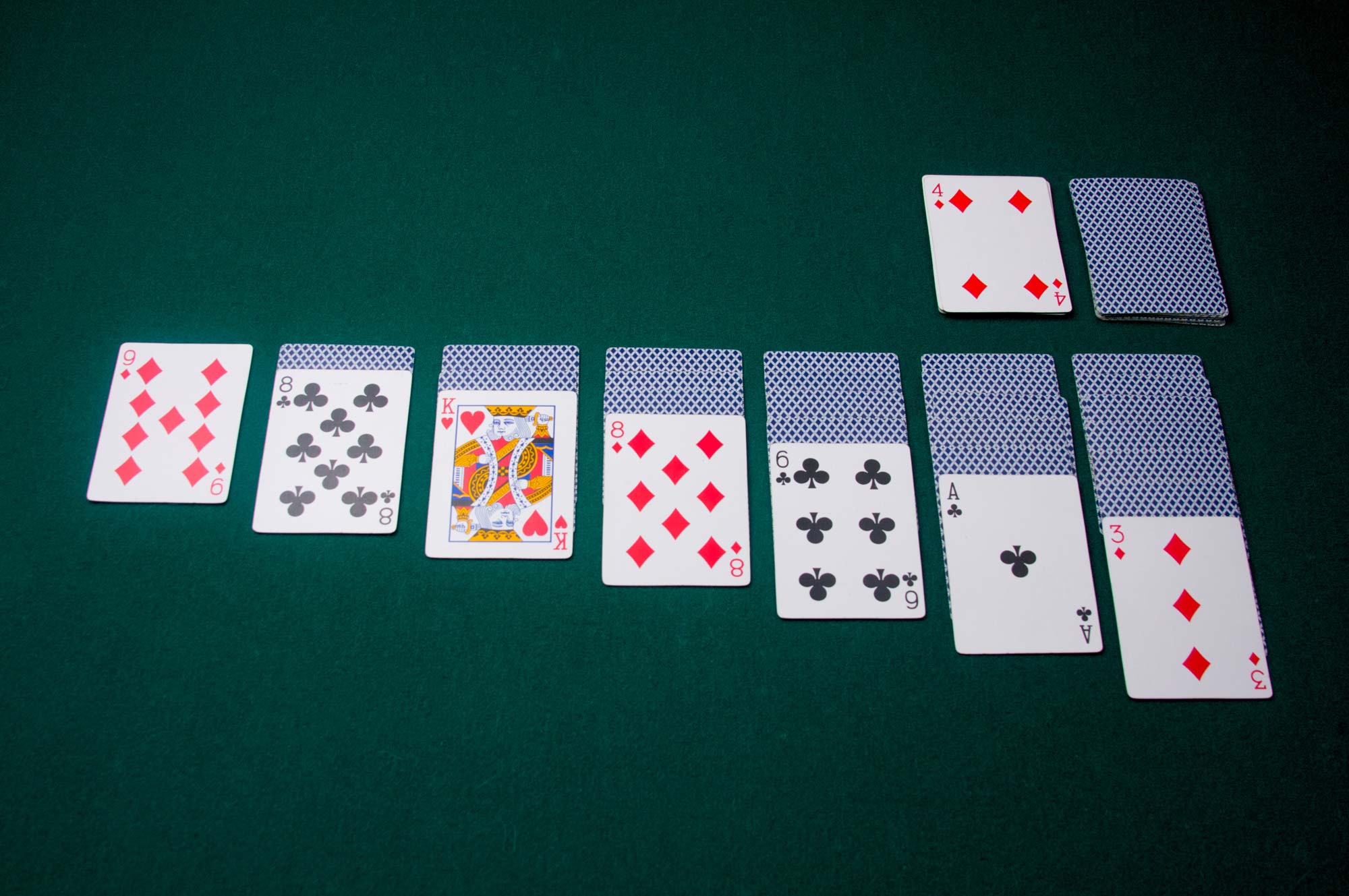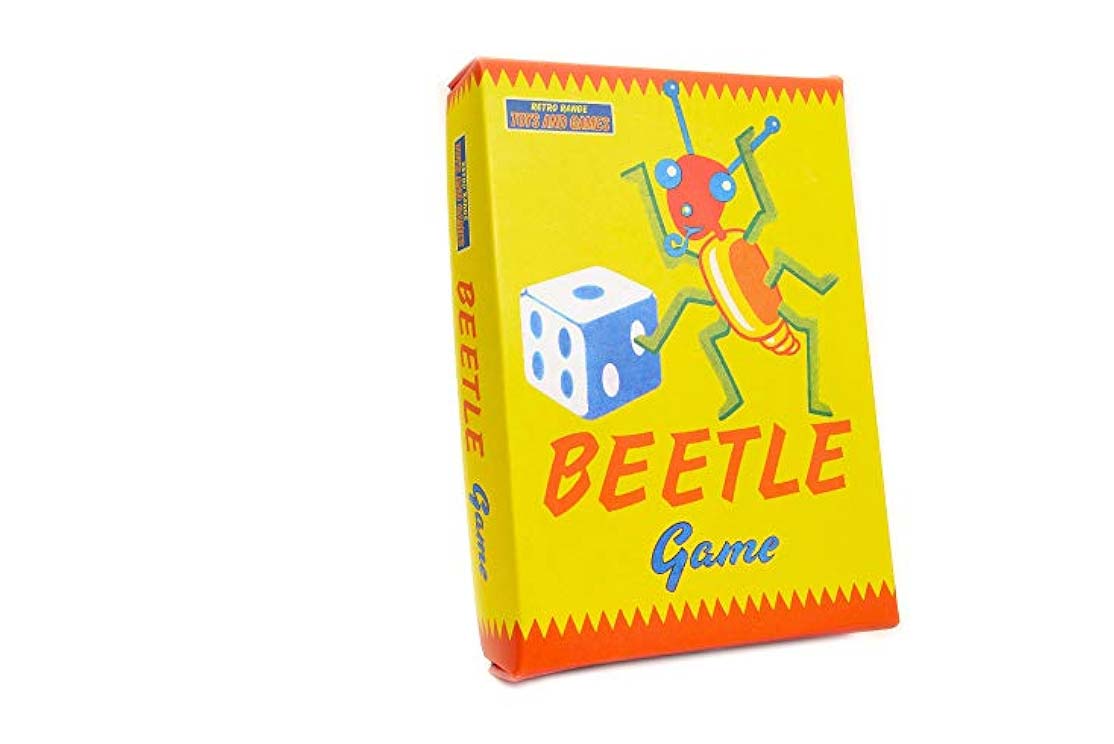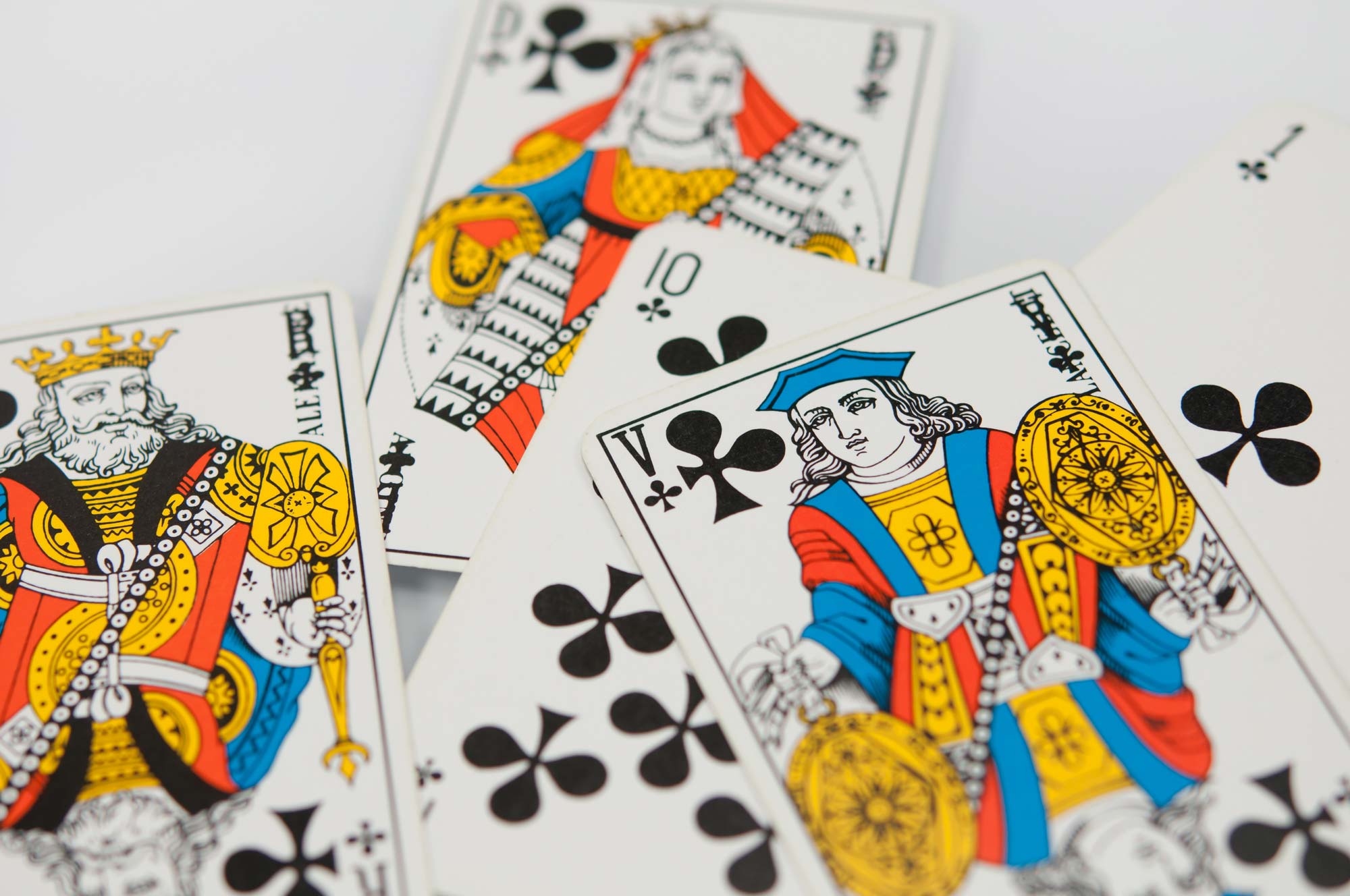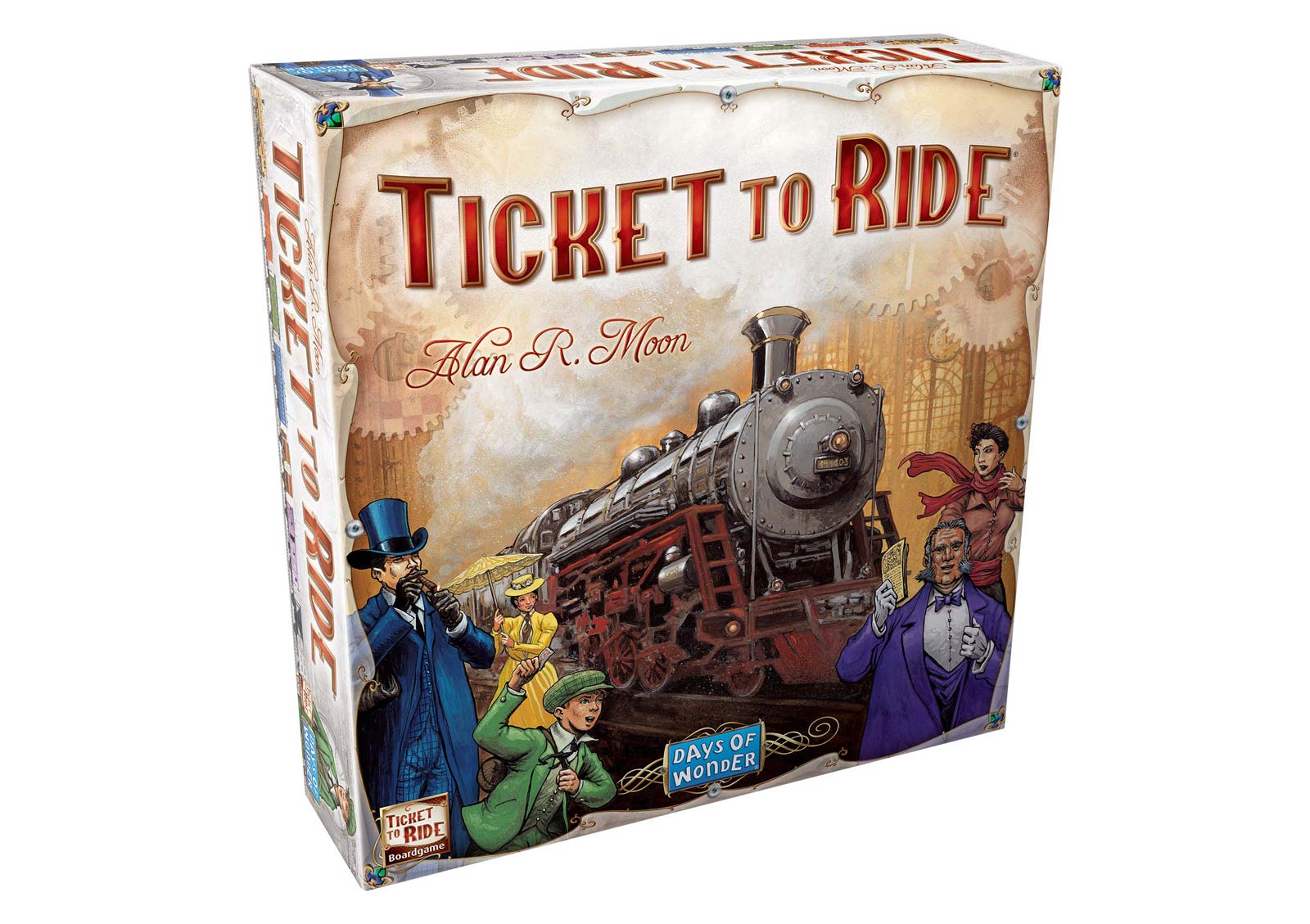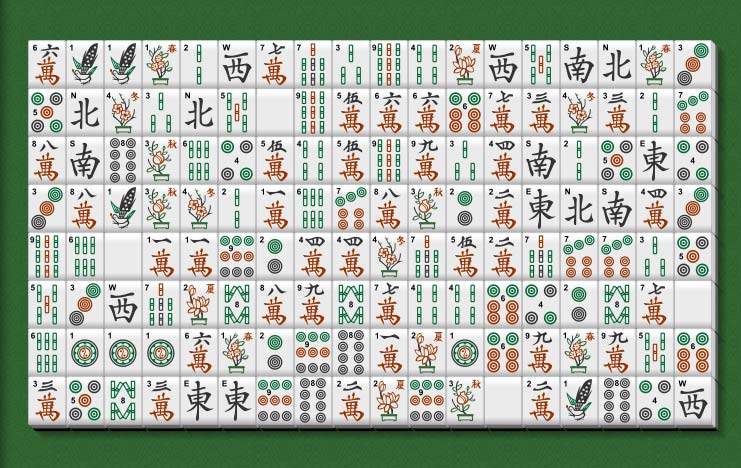Alright, card game aficionados, let’s dive into a game that’s a true test of strategy, skill, and a bit of cunning—Kaiser. Picture yourself in a cozy Canadian home, the room filled with laughter and friendly banter as players engage in this intense and captivating game. Kaiser isn’t just about playing cards; it’s about outsmarting your opponents and mastering the art of the deal. Ready to learn the ins and outs of this classic Canadian card game?
Country of Origin: Canada
Date of Origin: Early 20th century
Regions popular in: Canada, especially in Saskatchewan and among Ukrainian-Canadian communities
Family: Trick-taking game
Also Known As: N/A
Variants: N/A
Game Rules
Objective of the Game
To score points by winning tricks and capturing specific high-value or low-value cards.
Number of Players: 4 players (typically played in partnerships)
Deck Information: Kaiser is played with a 32-card deck, using a standard 52-card deck with the removal of all cards from 2 to 6, and retaining the 5 of Hearts and the 3 of Spades.
Card Values and Ranks
- 5 of Hearts: +5 points
- 3 of Spades: -3 points
- Other cards: 0 points
- Standard ranking: A, K, Q, J, 10, 9, 8, 7
Setup
- Shuffle the deck and deal eight cards to each player.
- Determine the dealer and the starting player.
Basic Gameplay
- Bidding: Players bid in a clockwise rotation, declaring the number of tricks they intend to win.
- Card Play: The highest bidder leads the first trick. Players must follow suit if possible; otherwise, they can play any card.
- Winning Tricks: The highest card of the leading suit wins the trick, unless a trump card is played. If trumps are played, the highest trump wins.
- The game continues until all tricks are played.
Winning Conditions
The game is played to a set number of points, typically 52. Points are scored based on the capture of the 5 of Hearts and the 3 of Spades, as well as fulfilling the bid. The partnership that reaches or exceeds the target points first wins.
Key Terms
- Bidding: Declaring the number of tricks a player intends to win.
- Trick: A round where each player plays one card, and the highest card wins.
- Trump: The suit that outranks all other suits for the duration of the hand.
- 5 of Hearts: A high-value card worth +5 points.
- 3 of Spades: A low-value card worth -3 points.
Strategy and Tips
Alright, future Kaiser champions, here’s how to dominate the game. First, bidding is crucial—only bid what you can confidently win. Pay close attention to the 5 of Hearts and the 3 of Spades, as capturing or avoiding these cards can significantly impact your score. Communicate subtly with your partner to coordinate strategies and avoid giving away your hand. When leading, try to draw out opponents’ high cards early to gain control of the game. And here’s a pro tip: keep track of the cards played to anticipate remaining cards and make strategic decisions. Stay sharp, think ahead, and play smart to capture those points.
Historical Background
Kaiser has a rich history, primarily rooted in the Ukrainian-Canadian communities of Saskatchewan. The game’s origins are linked to early 20th century settlers who brought with them a love for trick-taking games. Over the years, Kaiser evolved into a uniquely Canadian pastime, celebrated for its strategic depth and competitive spirit. It’s often played at family gatherings, community events, and friendly competitions, becoming an integral part of Canadian card game culture.
Popularity and Cultural Impact
Kaiser isn’t just a game; it’s a cherished tradition in Canada, especially in Saskatchewan. It’s a staple at social gatherings, offering both entertainment and a chance to showcase one’s strategic prowess. The game’s influence extends beyond casual play, with organized tournaments and clubs dedicated to mastering Kaiser. Its cultural significance is profound, reflecting the blend of heritage and camaraderie that defines Canadian communities. Whether you’re a newcomer or a seasoned player, Kaiser offers endless excitement and a deep connection to Canadian culture.
Legends and Funny Stories
Every Kaiser game has its share of legendary tales and memorable moments. Like the time a novice player, guided by sheer luck, captured the 5 of Hearts and 3 of Spades in a single hand, turning the game around in an epic win. Or the story of a family reunion where a heated Kaiser match ended in laughter and celebration. Then there’s the tale of friends who played a marathon Kaiser session that lasted through the night, filled with strategic plays, friendly rivalries, and unforgettable memories. Each game of Kaiser is a chance to create new stories and share a laugh.
Conclusion
So there you have it—Kaiser, a game that’s as much about strategy and skill as it is about tradition and camaraderie. Whether you’re playing in a cozy home or at a lively community event, Kaiser offers endless entertainment and a deep connection to Canadian culture. So next time you’re looking for a card game that’s easy to learn but challenging to master, grab a deck and gather your friends for a round of Kaiser. Remember, it’s not just about capturing cards, but capturing the spirit of the game. Good luck and happy gaming!

